Whether you’re a fan of the accent wall or not, you’ll find that the pros far outweigh the cons…
What is an accent/feature wall?
An accent or feature wall is one that has a more ‘standout’ look and feel to the other walls in a room. It’s the wall you notice first when you enter a room – due to its distinct colour, texture or other eye-catching detail.
The pros of creating an accent wall
• It’s the perfect way to break up a large room or define a separate area within a larger space (especially in open-plan homes). Today’s contemporary and modern interiors lend themselves well to accent walls.
• It can be used to emphasize an interesting architectural feature or unique design element in a room.
• It can ‘liven’ up a space. There are many ways you can do this – from paint, wallpaper or wall art, to textural options such as exposed brick, stone cladding, metallics, tiles and wood panelling.
• An accent wall provides an immediate ‘draw’ – the trick is to help focus the eye on the wall without overwhelming the overall tone of the room. It should pull the eye ‘through’ the space, highlighting the furniture arrangement, rather than overpowering it.
• Accent walls can be used in just about any room, even a bathroom (think a crisp white bathtub set against a bold red wall).
• Accent walls are a flexible and inexpensive way to perk up a dull space.
• You can look to the decorative accents in the room for inspiration to create your feature wall – from the motif on a scatter cushion, for instance, to the colour of the rug on the floor, to a painting on a nearby wall.
• Shelving can count as an accent wall, as can a gallery of photos or artwork, or even a wall of windows.
The cons
• Accent walls that feature extreme colour contrasts can visually ‘un-balance’ a small room, making the space feel chopped up and even smaller.
• People often choose the wrong wall to accent. The wall you choose should be the focal point in the room.
• Some designers advocate more subtle ways to make a room inviting and interesting, arguing that making an accent wall the first thing you see when you enter a room distracts from the rest of the décor.
• In small rooms, intense colours on an accent wall can actually shrink the space visually, when you should be thinking about enlarging it.
• There are certain areas in the home where accent walls don’t seem to work well at all – for instance, the walls leading up or down stairs; walls with several doors and other areas such as hallways. Small bedrooms can also be poor choices for accent walls.
• The effect of an accent wall can be overwhelming in a narrow room if you paint the wrong wall in a dark colour, making it feel even narrower.
How do you feel about accent walls? Share your thoughts and ideas here…



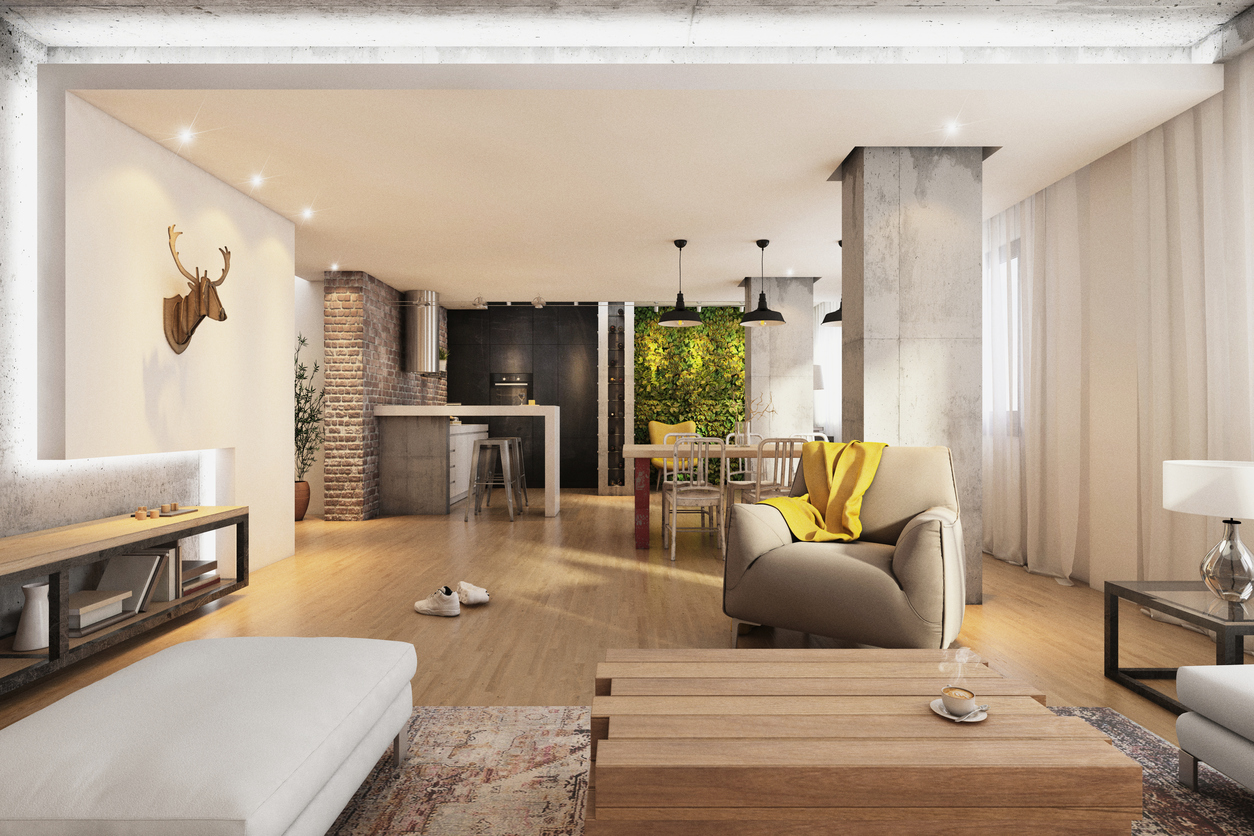

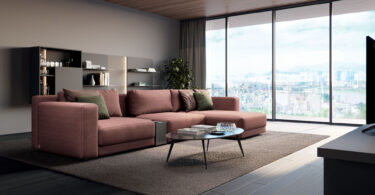

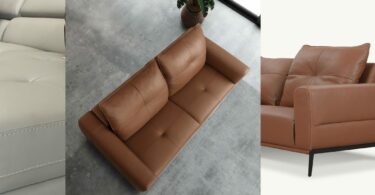
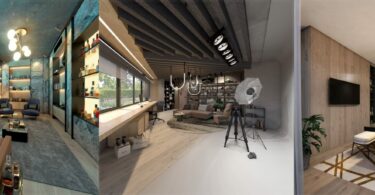
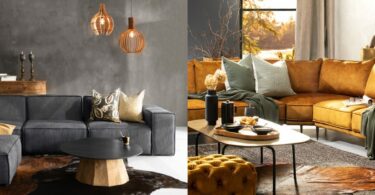

Leave a Comment